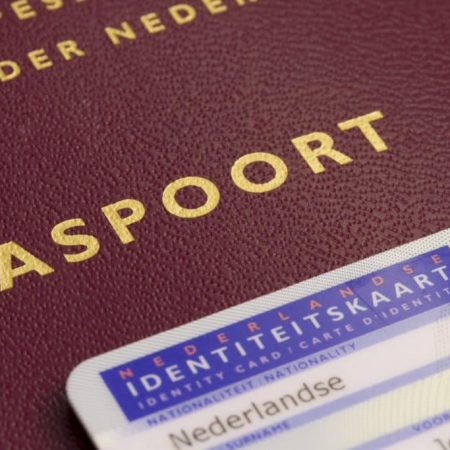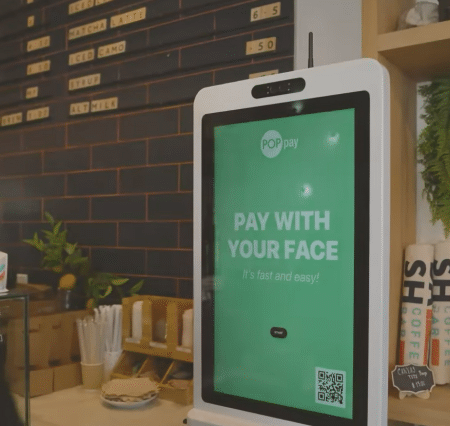Socure, BioCatch showcase how to fight financial fraud with biometrics
Socure has launched a new product specifically for fintechs while BioCatch warns of increasing mobile fraud. Meanwhile, Baker McKenzie says biometrics in the financial industry are here to stay.
Socure targets BaaS industry with new offering
Identity verification company Socure has launched a new product targeting a niche in the banking industry valued at $4.2 billion this year. Banking-as-a-Service (BaaS) platforms serve as middlemen that help fintech startups offer regulated services such as lending and deposits by partnering with sponsor banks.
Socure’s product Control Center is targeting sponsor banks that want to increase the data visibility of their fintech partners and ensure compliance. The Control Center can show KPIs such as fraud rates, CIP approvals, lagging watchlist screening case closures and more. More importantly, it helps lower risks, the company says in an announcement.
“Regulators are requiring stronger oversight and controls for BaaS,” says Debra Geister, Socure’s VP of compliance and regulatory products. “Our Control Center ensures sponsor banks can scale fast, while still maintaining demonstrable controls.”
The New York-headquartered firm has been doubling down on anti-fraud products. In October, it launched its first-party fraud identification service, Sigma First-Party Fraud, alongside the First-Party Fraud Consortium. The company says it currently serves over 1,800 companies, including four of five of the largest U.S. banks.
Mobile phone fraud rising in North America: BioCatch
Fraud committed through mobile channels has surged 12 percent over the past year in North America, riding on an increase in the popularity of mobile banking, according to a new report from behavioral biometrics firm BioCatch.
The 2023 Digital Banking Trends in North America report shows that mobile fraud attacks rose from 47 percent in 2022 to 61 percent in 2023, partly due to fraudsters shifting from bots on web devices to mobile emulators in order to avoid traditional banking controls. Bots and emulators are also what distinguishes the North American region from others, Thomas Peacock, director of global fraud intelligence at BioCatch says in a release.
BioCatch compiled data from financial institutions, fraud advisors, threat analysts and thought leaders. Fraud in deposit accounts is the number one fraud type across North America. The report notes a specific increase in fraud on digital payments network Zelle.
“Surprisingly, what was once old is new again, as the accelerating fraud type in 2023 has been check fraud – a trend that would be unthinkable in Europe today,” says Peacock.
Biometrics here to stay, says Baker McKenzie
Although biometric tools still face questions about their accuracy and testing, the technology has made a substantial contribution to stronger fraud prevention: so says Elizabeth Roper, a partner at Baker McKenzie‘s New York office, as quoted in a new article on biometrics in the financial industry.
The piece published on the website of Baker McKenzie, one of the world’’s largest international law firms, says online banking has become a major channel for fraud using identity theft.
“Account takeover, for example, remains a huge concern for the financial industry,” says Roper.
“But biometrics are without question making it more difficult to commit that type of fraud.”
Most banks have built biometric authentication into their KYC and AML processes, at least to some extent, says Ingenium Biometric Laboratories Director and Co-founder Chris Allgrove. For some banks that includes behavioral biometrics, while others are sceptical about that modality’s accuracy.
GSMA Director of Identity and Data Helene Vigue notes the importance of using multiple layers of fraud protections, including biometrics.
Bank security chiefs and biometrics providers, however, cannot rest on their laurels. With the growing availability of AI tools, biometrics hacking will become easier, while hacking biometric identifier databases remains a present threat.
“Right now, biometric hacking is probably cost-prohibitive for most hackers, but well-financed criminal gangs are certain to be exploring how they can use AI in tandem with other methods to develop that capability,” Roper says.







